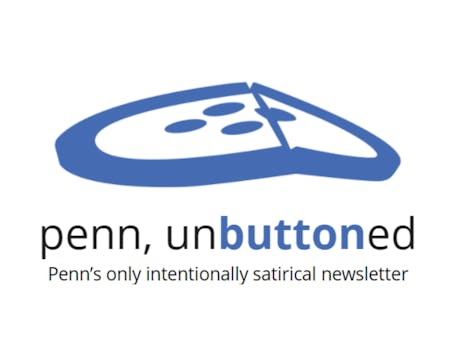
Researchers at Penn, led by Physics and Astronomy professor Arnold Mathijssen, have discovered ways to achieve quality coffee extraction using fewer beans.
Published in “Physics of Fluids,” the research combines fluid mechanics and particle dynamics to enhance extraction efficiency in pour-over brewing. The study was driven by rising arabica bean prices, largely resulting from adverse weather conditions linked to climate change.
Graduate researchers Ernest Park and Margot Young co-authored the article and played key roles in the experiment. To address the challenge of visually observing coffee brewing, they used transparent silica gel particles as substitutes for coffee grounds.
“Coffee’s opacity makes it tricky to observe pour-over dynamics directly, so we swapped in transparent silica gel particles in a glass cone,” Park said in an interview with Penn Today.
The research team employed a laser sheet and high-speed camera to visualize the flow dynamics clearly, providing new insights into the extraction process. The team found that pouring water from higher up increased how well the water mixed with the grounds, improving extraction. However, pouring from too high disrupted the water flow, causing it to break into droplets and add air bubbles, which decreased efficiency.
Using a gooseneck kettle allowed for a smooth, steady flow, creating small “avalanches” in the grounds. These avalanches helped mix water more effectively with the grounds, leading to better extraction. When testing with real coffee grounds, the researchers saw that thicker streams of water poured from higher positions produced stronger coffee because the grounds mixed more vigorously. Thinner streams of water gave consistently good results due to the longer time spent pouring.
Mathijssen explained that coffee brewing is more than just a daily ritual and that their research has practical examples beyond coffee.
Beyond the realm of coffee brewing, the Mathijssen Lab explores broader fluid dynamics phenomena relevant to numerous fields. Their research extends to intelligent active matter, physics of pathogens, and micro-robotics; their website also stated a mission of “exploring the physics of life” and finding necessary solutions that connect science with the challenges of the world.
“Coffee could be a neat model system to explore deeper physical principles,” Young said. “This kind of fluid behavior helps us understand how water erodes rock under waterfalls or behind dams.”
Mathijssen was recently the recipient of the 2025 Dean’s Award for Mentorship of Undergraduate Research. He will be awarded for “meaningful engagement of undergraduate students in research due to exceptional nurturing and facilitation by faculty” in a ceremony on May 1 at the Penn Museum.
The Daily Pennsylvanian is an independent, student-run newspaper. Please consider making a donation to support the coverage that shapes the University. Your generosity ensures a future of strong journalism at Penn.
Donate







